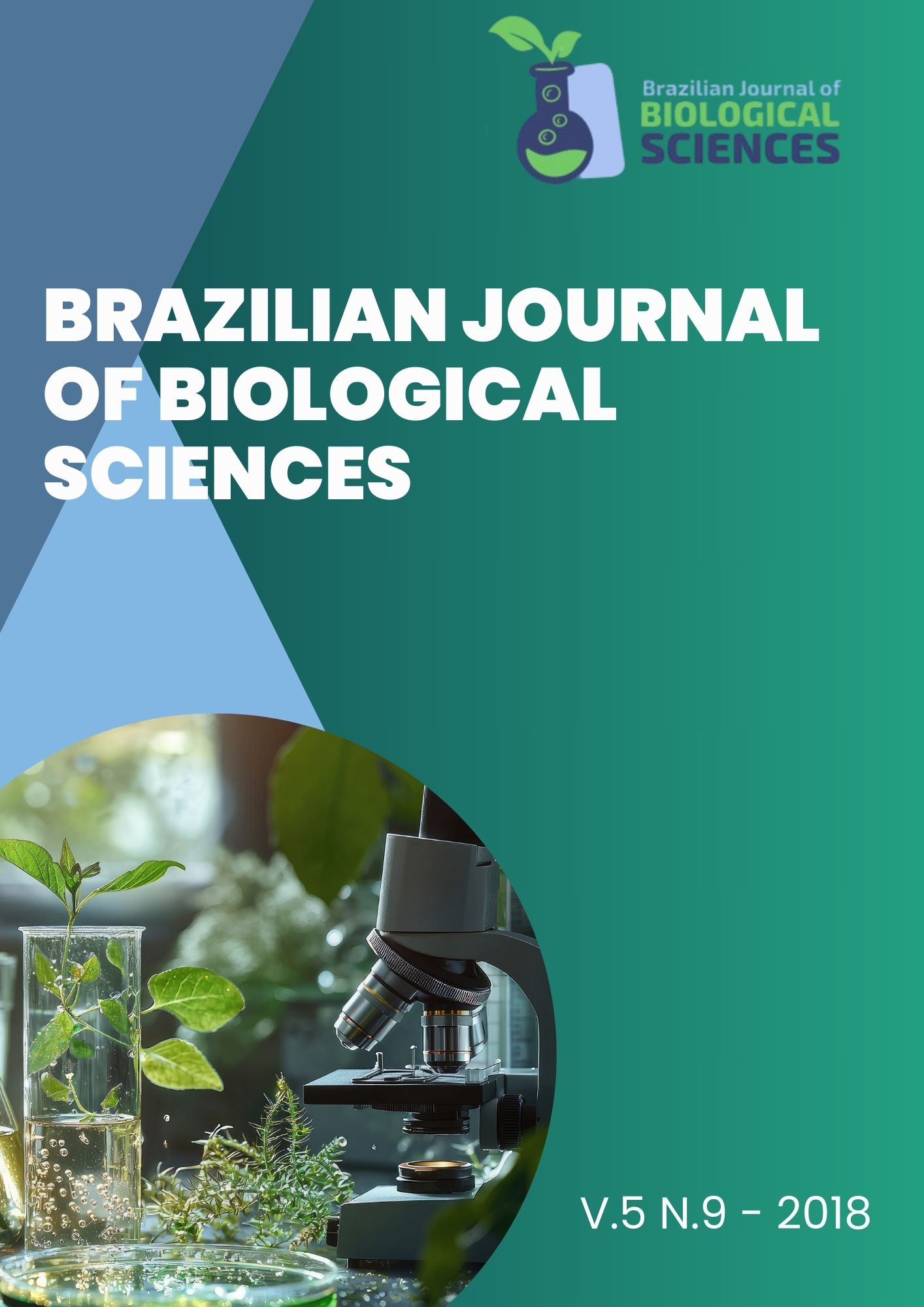H-KaaS: A Knowledge-as-a-Service architecture for E-health
Renan G. Barreto, Lucas Aversari, Cecília Neta A. P. Gomes, Natasha C. Q. Lino
e284
Due to the need to improve access to knowledge and the establishment of means for sharing and organizing data in the health area, this research proposes an architecture based on the paradigm of Knowledge-as-a-Service (KaaS). This can be used in the medical field and can offer centralized access...





